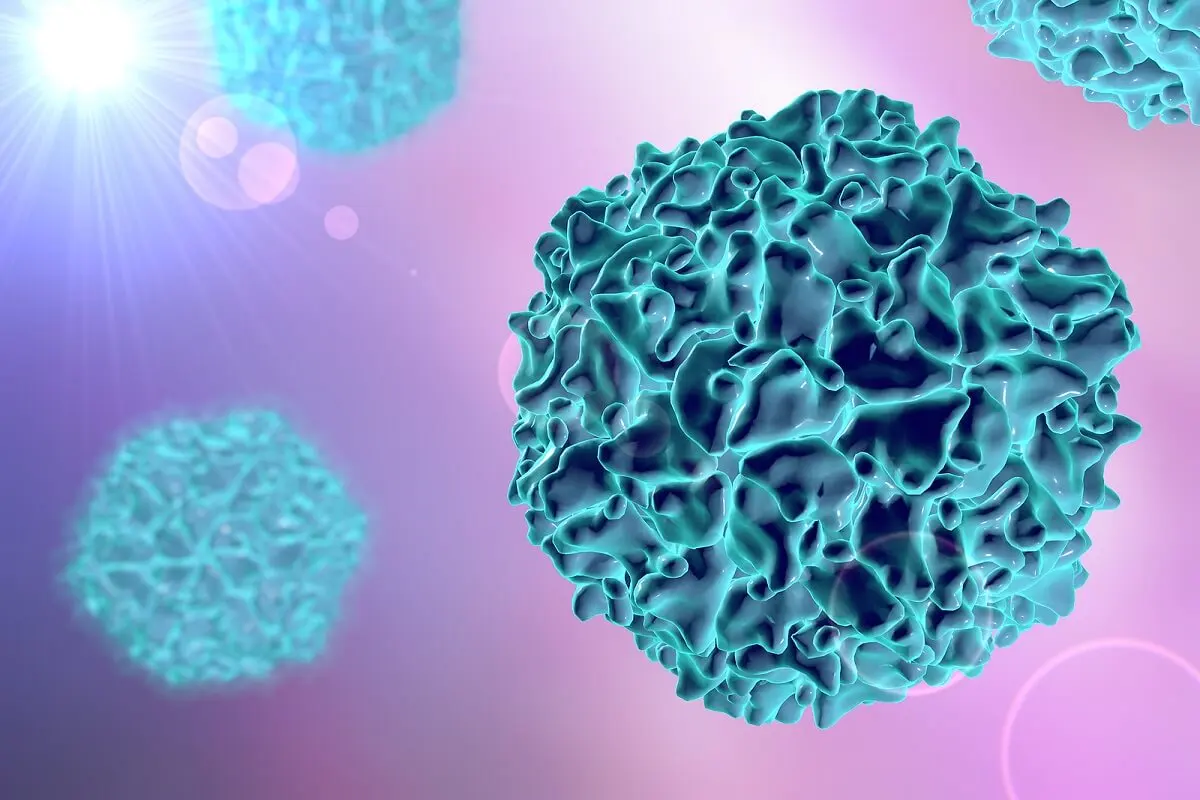World Polio Day: For the Future of Mothers and Children


Written and verified by the doctor Mariel Mendoza
World Polio Day is commemorated on October 24th each year. The goal of this special commemorative day is to renew the commitment to eradicate polio worldwide.
2022 marks 31 years since polio eradication was declared in the Americas region. The virus is still circulating in two countries, and so until it’s eradicated globally, there’s still a risk of infection.
Polio is a contagious disease, with no specific cure and is potentially serious. However, it can be prevented through immunization.
The context of World Polio Day
The date of October 24th as World Polio Day coincides with the birth of Dr. Jonas Salk, who developed the first effective vaccine against poliovirus. The day was established by Rotary Club International to commemorate the doctor’s birthday.
The immunization strategy is to prevent infection in children under 5 years of age until transmission stops. After several doses, the vaccine protection is lifelong.
The first country to eradicate the disease was Cuba, in 1962, when it introduced the oral vaccine. Subsequently, the Americas became the first continent to be declared free of transmission in 1994, with the last case recorded in Peru in 1991.
Although the history of this vaccine is successful, the COVID-19 pandemic led to delays in immunization campaigns. In the Americas, the vaccination rate with the 3 doses for 2020 was 82%.
It was the lowest rate since 1994, which set off alarm bells.
Although it seemed that the road to global eradication was close, 2022 has taken a major turn. In February this year, authorities in Malawi, Africa, declared an outbreak of poliovirus type 1 (the last case had been reported in 1992). Africa had been declared polio-free in 2020.
A 3-year-old girl was paralyzed after being infected with the virus, which appears to have come from the same strain reported in 2019 and 2020 in Pakistan. Apart from Pakistan, the other state where polio remains endemic is Afghanistan.
As of September 2022, there have been 17 cases reported in Pakistan this year.

Read more here: The HPV Vaccine and Oral Health: How Are They Related?
Polio or poliomyelitis
Polio is caused by the polio virus. It can affect the nervous system and cause paralysis of the respiratory muscles, resulting in death within a short period of time.
The virus is transmitted by the fecal-oral route. It enters the body through the mouth and, when found in the intestine, it multiplies and causes infection and can reach the spinal cord.
Polio may initially be asymptomatic or be confused with symptoms of the common cold:
- Fever
- Tiredness
- Vomiting and diarrhea
- Neck stiffness
- Headache and muscle pain
As it affects the spinal cord, it can cause paralysis of skeletal muscles in the legs. It can then spread to the respiratory muscles, causing death by asphyxiation.
Transmission occurs when, after defecation, water or food is contaminated. Poliovirus can be found in sewage.
There is no cure for polio. Symptoms can be addressed and physical therapy and rehabilitation can be used in case of paralysis. The consequences are present even years after recovery from infection.
Read more here: Types of Poliomyelitis
The polio vaccine
There are three serotypes of poliovirus: 1, 2 and 3. Only poliovirus serotype 1 circulates in the two countries we mentioned.
Type 2 was declared eradicated in 2015 and type 3 in 2019. Type 1 poliovirus is still at large in Pakistan and Afghanistan.
In turn, there are two types of polio vaccines. The inactivated poliovirus vaccine (against serotypes 1 and 3) and the live attenuated poliovirus vaccine (given orally against serotypes 1, 2, and 3).
The intention is to achieve the permanent vaccination program with trivalent inactivated poliovirus vaccine and to use additional doses of the attenuated vaccine.
There may also be outbreaks of circulating poliovirus in areas of low vaccination coverage. When live attenuated virus from immunizations is excreted, it can spread among the community through water contamination if there’s inadequate sanitation.
The advantages of live attenuated poliovirus vaccine are as follows:
- It’s inexpensive
- It’s administered orally
- It provides herd immunity – this prevents those infected from transmitting the wild virus to others, although they do transmit the attenuated one to extend immunization.
However, there’s a paradoxical effect, because the virus is shed in feces and can infect others, triggering a chain of infections in communities that have low immunization rates. When the virus circulates long enough, it can mutate into a more virulent form that causes paralysis.
The goal of switching from trivalent to bivalent vaccine is to decrease the risk of paralysis attributable to serotype 2. The use of inactivated vaccines carries an almost non-existent risk of associated paralysis.

The current goal of World Polio Day
Polio is currently prevalent in the world’s poorest and most marginalized communities, which don’t have adequate access to immunizations. The goal is to eradicate polio by 2026. This will require strengthened immunization campaigns and increased financial investment.
As more immunization campaigns and a larger population of immunized people become available, the virus will have no potential hosts. This will allow eradication to be declared. However, as long as there’s even one case of polio, there’s a risk of resurgence in other countries.
All cited sources were thoroughly reviewed by our team to ensure their quality, reliability, currency, and validity. The bibliography of this article was considered reliable and of academic or scientific accuracy.
- CDC. ¿Qué es la poliomielitis? Centros para el Control y la Prevención de Enfermedades. 2022. Disponible enhttps://www.cdc.gov/polio/es/que-es-polio/index.htm#:~:text=La%20poliomielitis%2C%20o%20polio%2C%20es,pueden%20mover%20partes%20del%20cuerpo).
- Cué B. Erradicación de la poliomielitis. Rev Cubana Farm. 2000;34( 3 ):221-224. Disponible en: http://scielo.sld.cu/scielo.php?script=sci_arttext&pid=S0034-75152000000300009&lng=es.
- OPS. Guía Práctica: Introducción de la vacuna inactivada contra la poliomielitis (IPV). Organización Panamericana de la Salud. 2014. Disponible en https://iris.paho.org/handle/10665.2/10000.
This text is provided for informational purposes only and does not replace consultation with a professional. If in doubt, consult your specialist.








